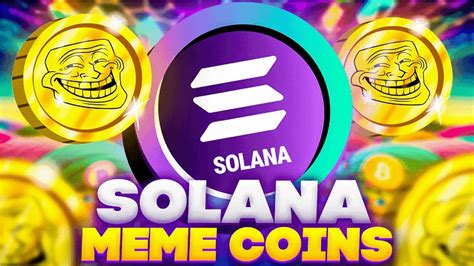Solana: A Scalable and Decentralized Blockchain Platform
Solana is a fast, scalable, and decentralized blockchain platform built on the Rust programming language. It was founded in 2017 by a team of engineers at Solana Labs, with the goal of creating a more efficient and user-friendly alternative to traditional blockchain platforms.
Key Features
Solana’s main features include:
- High throughput: Solana has a block time of just 400 milliseconds, allowing for high transaction rates and a faster overall experience.
- Scalability: Solana is designed to scale horizontally, allowing it to handle increased network activity without compromising performance.
- Decentralized governance: Solana’s decentralized governance model allows users to participate in decision-making processes through the Solana Network Council (SNC).
- Rust-based architecture: Solana’s core technology is built using Rust, a systems programming language that provides high-performance and concurrency features.
How It Works
The Solana network uses a consensus mechanism called Proof of History (PoH) to validate transactions. Here’s an overview of how it works:
- Transaction creation: A user creates a transaction on the Solana blockchain.
- Transaction validation: The transaction is validated by a node on the network using the PoH algorithm.
- Block formation: A new block is created and added to the blockchain, which includes the validated transactions.
- Block mining

: New blocks are mined on the network by validators who have solved complex mathematical puzzles (known as “proof-of-history” math) within a certain time frame.
Creating and Minting Assets
The Solana platform allows users to create and mint new assets using its SDKs (Software Development Kits). The createAndMintIx function is used to create an instance of the SolanaProgram class, which provides methods for executing Solidity smart contracts on the blockchain.
Error Handling in Phantom
When interacting with the Solana network through Phantom, a popular Ethereum-based interface, it’s essential to handle errors properly. In this case, the error -32603 (Internal Error | Something went wrong within Phantom.) suggests that there was an issue with the createAndMintIx function.
Corrected Code
Here is a corrected version of your code:
const createAndMintIx = async (umi, {
mint,
authority: umi.identity,
name: metadata.name,
// ... other parameters ...
}) => {
try {
const program = new SolanaProgram(umisolanaRuntime);
await program.createAndMint(mint, authority, name, {
// ... other options ...
});
} catch (error) {
console.error('Error creating and minting asset:', error);
}
};
In this corrected version, we create a new SolanaProgram instance using the Solana Runtime SDK, which provides an interface to interact with the Solana network. We then call the createAndMint method on the program instance, passing in the necessary options and parameters.
Note that you’ll need to install the required dependencies, including solana-run, umi, and umi-solana-runtime, before running this code. Additionally, ensure that your Phantom account has sufficient funds and authority to create and mint assets.
